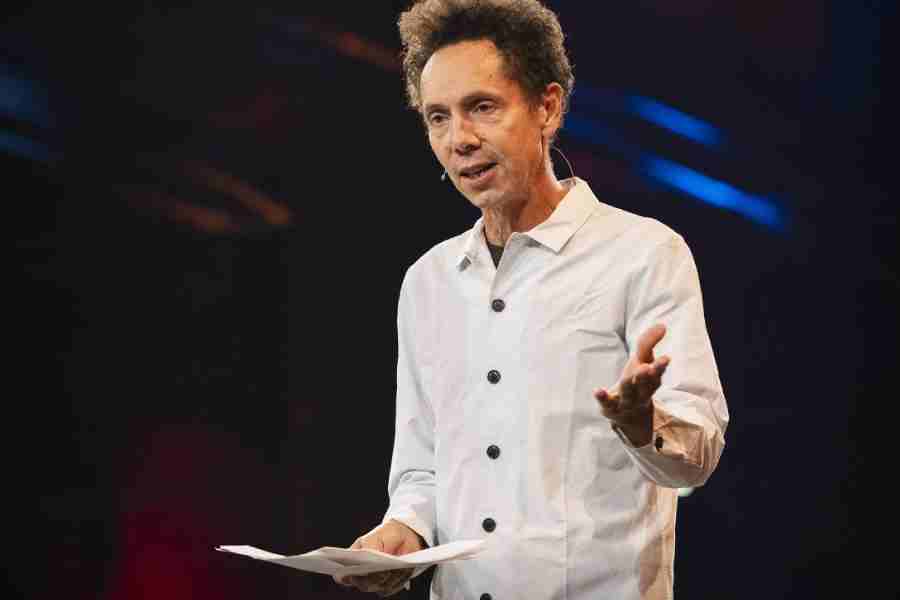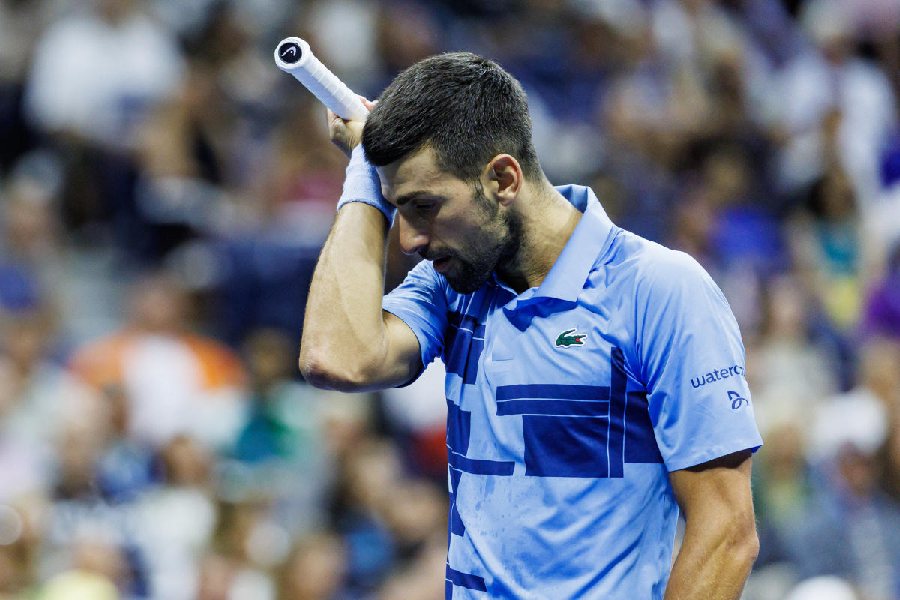REVENGE OF THE TIPPING POINT: OVERSTORIES, SUPERSPREADERS AND THE RISE OF SOCIAL ENGINEERING
By Malcolm Gladwell
Abacus, Rs 799
Malcolm Gladwell (picture) is a gifted storyteller. Revenge of the Tipping Point comes out on the 25th anniversary of The Tipping Point, Gladwell’s seminal book, now replete with a podcast, printed regurgitations, and pulpitry. Here again, there are numbers and tales and a thin thread of earnest persuasion. It is a deeply unserious work. His story about American bank robberies has this glaring triumphalism that poses crime as a thing of beauty, with civic mythology and heist-style exploits. (“It’s just fantastic…”) How is this relevant to his theory? Of a geographical location breeding a culture (here, of thievery)? At best, it makes crime palatable to connect other stories to. It pads out ridiculous simplifications like a last-minute college essay. It’s repetitive. Mostly, it’s fallacious: he uses robberies to gesture at a theory about “outliers”, or the ones so at the top of the game that they inspire others in their wake. Don’t law and social norms dictate there are more non-robbers than robbers in any given social setting? How is robbery supposed to “inspire” more robbery? And how is its failure to do that billed to the culture (or “overstory”) of a phenomenon?
Then, consider his concept of “small-area variations”. This is supposed to explain small pockets of society having radically different behaviours — the latter presented as internal functions stemming from the specific pathology of the area. An unexplored explanation of this is the human need to adapt to the surrounding environment — doesn’t he realise that? He does: he notes the usefulness of “the influences of the environment” but this is usurped for a smaller narrative about a chain of schools that promote free thinking and, thus, magically, non-vaccination. He performs semantic gymnastics with the botanical term, ‘overstory’, too. All words in the English language are Gladwell’s plaything to suit his grand schemes, using the academic tool of the Unnecessary Uppercase. But where academicians actively, wildly, detect naysayers and deliver on their defences, Gladwell flees the scene.
He infantilises his audience by spelling out their reactions (‘Gee! This statistic is bonkers!’ or something like that). He conflates unrelated stories by using related terminology: he uses “flatlands” and “plateau” metaphorically in two successive, different stories, consciously tying the geographical terms to bridge the stories in unholy matrimony. He compares a high-achieving school that is wrecked by student suicides with a population of panthers that is ruined by weak genes when an infected animal is introduced. The first is internal progression. The second is a combination of internal symptoms and an external force. What is he talking about, then?
Take another example: the “magic third”, which is Gladwell-speak for ‘critical mass’. Few pages later, it has become a “universal law”. My favourite example is of three setups that seek to show it in action: computerised name-guessing, a quest for effective female representation in corporate boardrooms, and quota-aided racialised housing. Why are they connected in this cut-and-dried way? The role of critical mass in the first is purely algorithmic. In the second, it’s about solidarity and being perceived by others. In the third, it’s about perceived threat from prejudicial ideas of race. So — why? There are no answers.
Gladwell is a gifted storyteller. But he is often a writer of misleading, and thus hopeful, social theories. At one point, he declares a weakness for rags-to-riches stories and picks the tales of a black woman and an Indian woman (Indra Nooyi, no less), unconsciously demonstrating that weakness. This, finally, is emblematic of Gladwell, because rags-to-riches stories capture the human strife we honour and, yet, they are rare: but we ignore the fallibility of this because we have been imbued with the hope of comprehending the vast unyielding world. Gladwell’s book is about hope, asking you to see the non-existent and dream the impossible. In that way, it is very much the same as his first book, uber-chic hopepunk in those halcyon sunny days of the 2000s. We’ve moved past that.










